Today we’re gonna find out how to test your antivirus. Most of the other articles and Youtube videos, suggest using the EICAR file to test if your antivirus is working. While this method is good, on it’s own it might not be enough, so its better to get your antivirus tested with multiple test cases. In this article, we’re going to list 5 methods of testing your antivirus software. In case you apply these methods, listed here, you are going to get more understanding of how to choose the best antivirus.
So, let’s get started.
Method number #1 – Use EICAR test virus
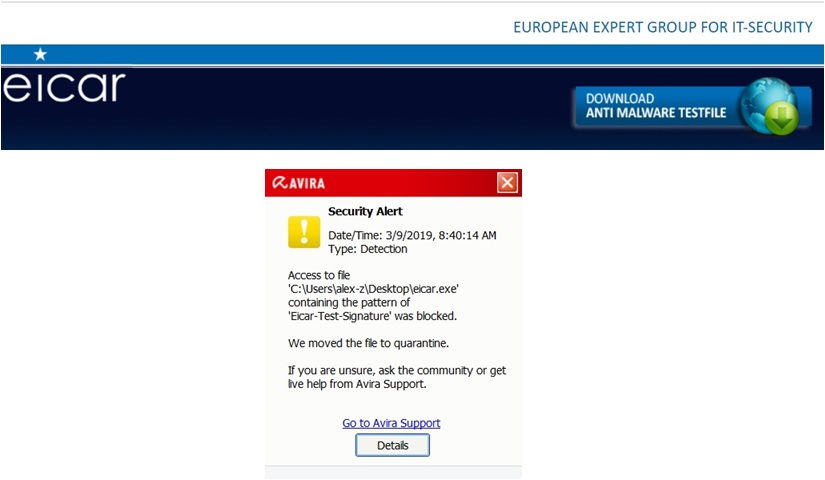
Yes, in this method we’re just going to download a test virus file from the EICAR website – this file is harmless, and your antivirus should detect it instantly. Most antiviruses would pass this test successfully, but if yours doesn’t, immediately change your antivirus! Visit the EICAR to download a test virus file for checking your antivirus reaction.
Method number #2 – Use a web-site called WICAR
Download test malware from a web-site called WICAR – follow this link for details https://www.wicar.org/test-malware.html. This site, contains different types of malware, so you can perform more broader testing of your antivirus. (Your browser would block you from accessing this site, but, don’t be scared – this site only contains test malware that do not do any harm to your computer, so just ignore your browser’s warning, and click proceed.
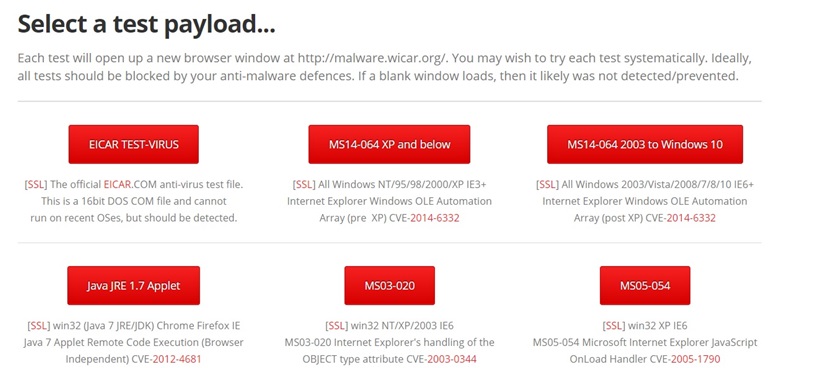
Method number #3 – Use a test tool called ‘Comodo Leak Tests’.
Comodo Leak Tests would emulate a malicious attack on your computer. It might be hard to find a direct download link for this tool, so, we took the liberty to attach the Comodo Leak Tests in this article here.

Method number #4 – Use SpyShelter software
SpyShelter key-logging and other attacks emulation software is a good tool for testing your antivirus. This program would attempt to emulate key-logging activity, copy-paste buffer hacking, webcam spying, and other tests – see the entire list of tests inside the tool. You can use the SpyShelter for free for up to 14 days.
Visit this link to get the SpyShelter https://www.spyshelter.com/download-spyshelter/
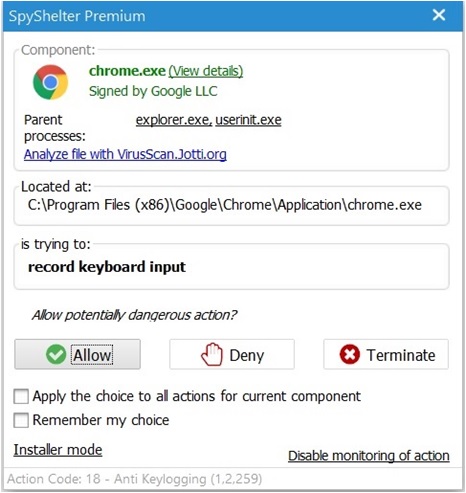
Method number #5 – Use a database of phishing web-sites
Test your antivirus protection against phishing attacks by visiting the database of phishing URLs, and clicking through a bunch of those.
Two most popular phishing database websites are PhishTank and OpenPhish. Check them out here:
PhishTank – https://www.phishtank.com/
OpenPhish – https://openphish.com/
Please, note, not every URL listed there is actually phishing, so your antivirus might not necessarily block those. More on that, not every phishing URL would be detected by your antivirus, but testing those links against different antiviruses, would give you a general idea, which one performs the best.
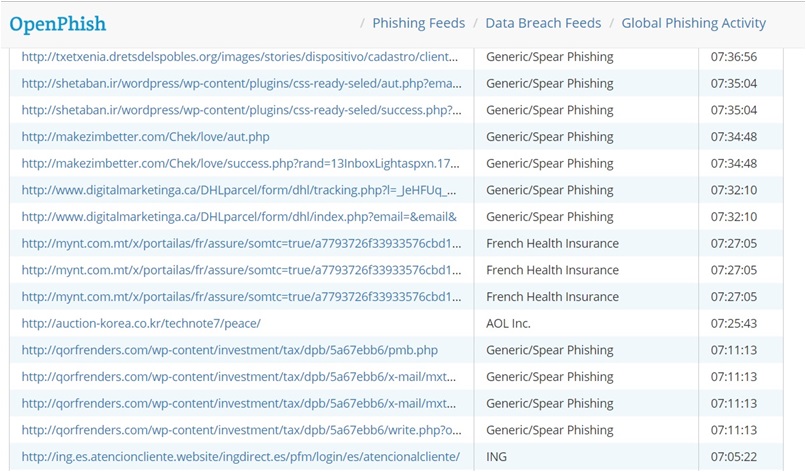
As a side note. On this blog, softommando, as well as on our Youtube channel Softwarrior , we are posting new articles and videos with antivirus testing, periodically. Those test results should help you to get the idea which antivirus scores best with the 5 testing methods discussed.
That’s it for 5 methods to check your antivirus. You may also be interested to know of the 10 best antivirus software for year 2019.
We hope you will find the testing methods learned from this article useful, and will be able to choose the best antivirus that really protects you. If it is so, don’t forget to subscribe to our Youtube channel so you are getting updated with new PC security topics.
By the way, there is an article here, called – 10 computer security tips. From that article you are going to get a broader idea on how to protect your computer from hackers and viruses. Don’t forget to check that out too. That’s it. Thanks for reading.

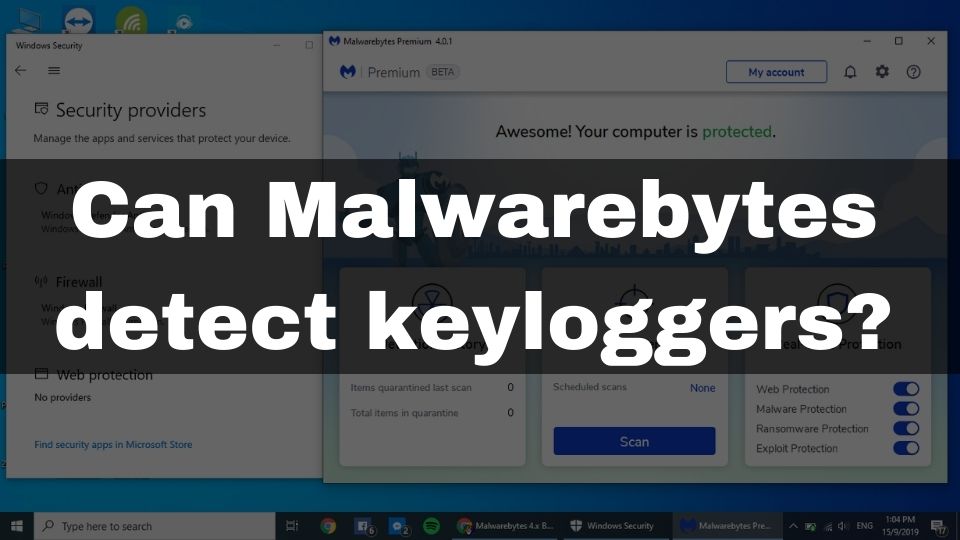
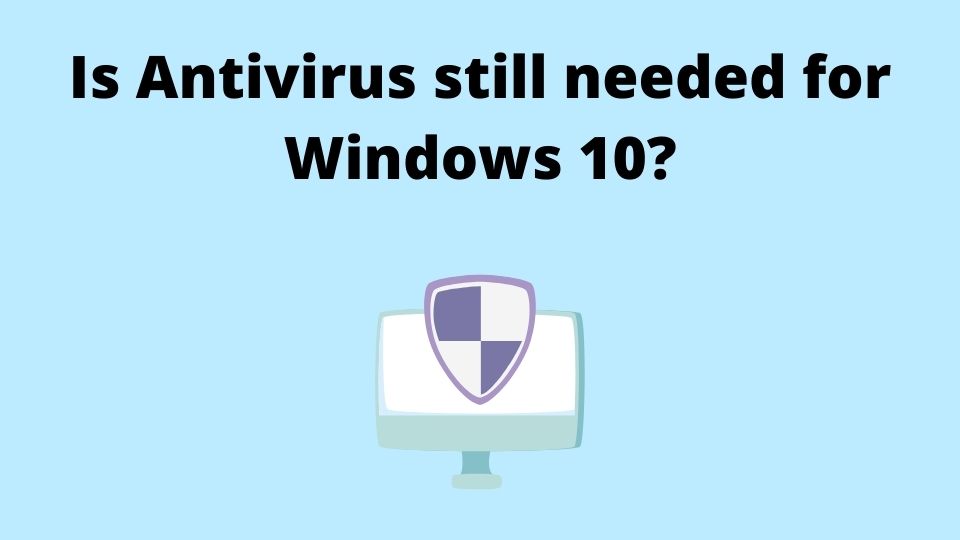
2 Comments
I located your website from Google and I need to say it was a fantastic find.
Thanks!
Appreciate your comment 🙂 Feel free to also check blog’s Youtube channel https://www.youtube.com/channel/UCMl3oDTdWjpcrl4mbqyvGSA?view_as=subscriber
Comments are closed.